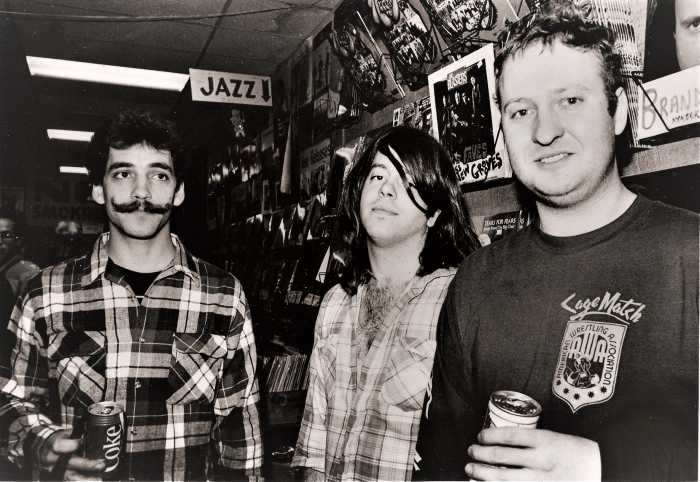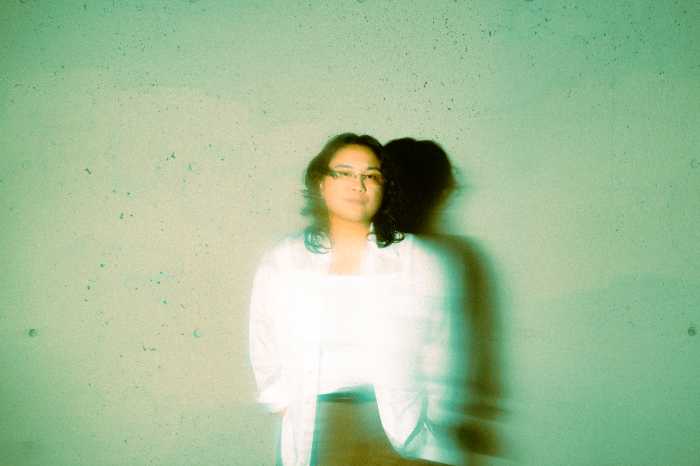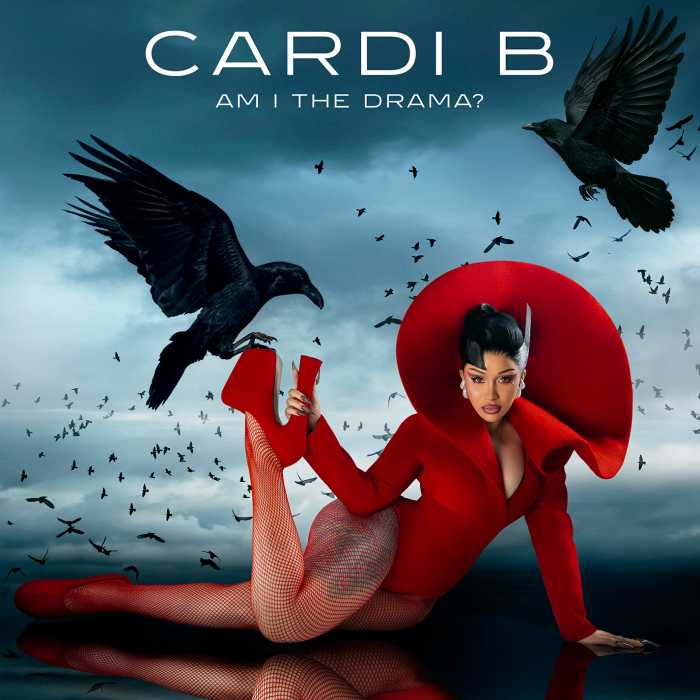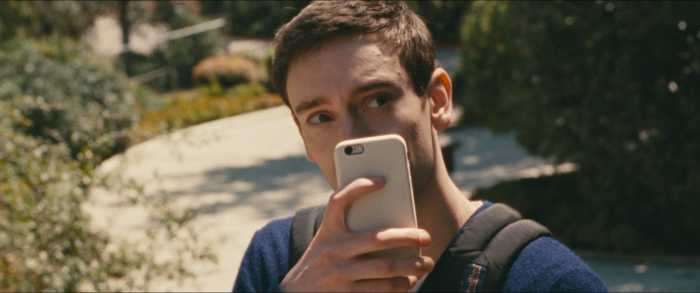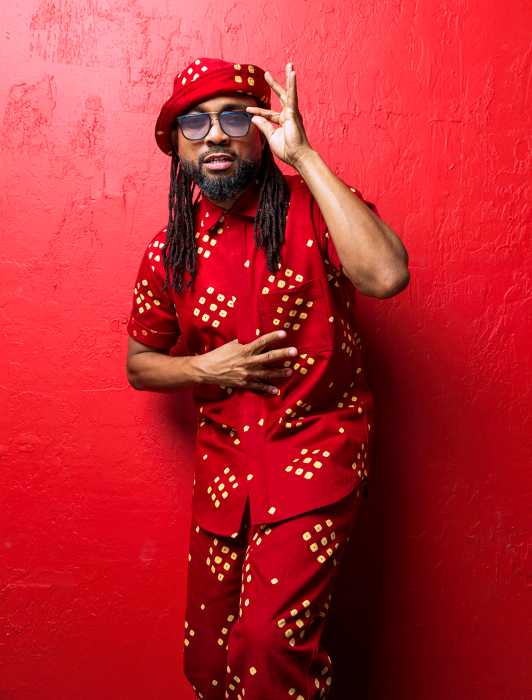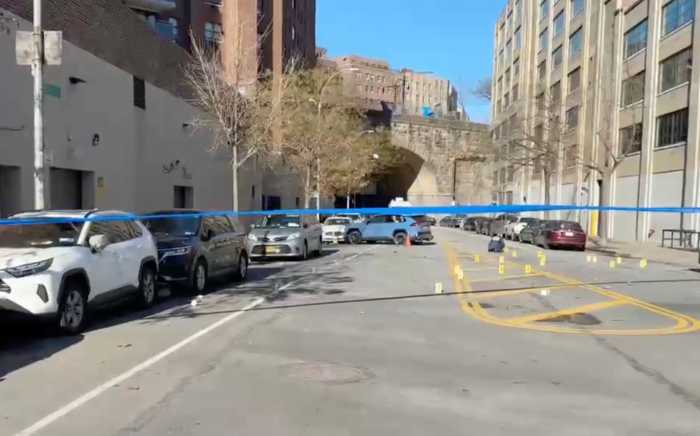When new in the spring of 1994, the handsome Met production of “Stiffelio” had two major musical assets that the interesting but uneven score needs — a fine conductor, James Levine, and a persuasive spinto tenor, Placido Domingo.
Its current revival, heard January 14, lacked both. Domingo had shifted from onstage to the Met pit, where he should simply not be conducting in a testing piece like this. It’s one thing to unleash Domingo’s modest baton skills on something like “Boheme” that the orchestra can play well even in the absence of firm guidance. But “Stifellio” has rhythmically complicated ensembles in which he lagged behind his singers and some delicately orchestrated passages that he failed to enliven.
Sure, the audience applauds; next to Levine, Domingo must have the highest tele-recognition of any operatic artist, and much of his career on the stage has been pretty triumphant, especially given means less naturally spectacular than those of a Pavarotti or even an Aragall. Unlike Pavarotti, Domingo is an extremely accomplished musician, which is why one (foolishly) wishes he had the wisdom to keep his conducting essays to pops concerts and chestnuts and steer clear of the likes of “Stiffelio” or “Lucrezia Borgia”.
Placido Domingo attempts new turf at the Met
Jose Cura acted the grievously jealous Stiffelio extremely well. But, despite some clear, brilliant top notes, he sounded out of sorts vocally and wayward stylistically, most of his (frequently flat) singing lacking legato phrasing or tonal finish. Is he aping Mario del Monaco’s “lowered larynx” technique?
Whatever the cause, the results were distressing, and for one joint scene he drew Sondra Radvanovsky into his hyperveristic, choppy style. The vast majority of her Lina, one or two underpitched passages aside, was splendid to hear. Her genuine article “voce del teatro” fills out the line (and the auditorium) as few manage to do these days, and the top is thrilling both vibrantly full-out, and in piano flights, her floated high A’s in the moving final scene were cause for wonder. Radvanovsky, sympathetic onstage, sings with feeling and point; one wishes for crisper verbal phrasing; but, boy, is the Met and its audience lucky to have her.
Polish baritone Andrzej Dobber makes a pleasing Verdian sound at lesser volume but tended to push his climaxes unpleasantly; he got zero help from the pit in pacing the old soldier Stankar’s really tacky “trumpery cabaletta.” (Unfortunately, Verdi wrote an equally routine one for Lina after her gorgeous prayer.) As Stiffelio’s mentor Jorg, Phillip Ens’ fine bass showed traces of his Opening Night indisposition at the top. As always, Jennifer Check showed a leading quality instrument in Dorotea’s supporting sisterly duties — shouldered in 1998’s revival by Radvanovsky — so perhaps Check will yet get her deserved big chances at the Met.
The tireless Domingo appeared January 18 for his first New York outing in the baritone title role of a later and greater Verdi work, “Simon Boccanegra.” When the production was new in 1995, Domingo sang the tenor part, Gabriele, here handled with Italianate sound but the approximate grace and attention to phrasing of a Mack truck by a largely shouty Marcello Giordani.
Domingo could not be faulted for effort, for phrasing, or for amazing vocal endurance. Yet he managed the music rather than inhabiting it — the tonal center of gravity consistently sounded wrong, and Simon’s climactic utterances lacked excitement. More surprisingly for such a canny veteran and fine musician, he did not seem to know Act One very well, so that the prompter’s voice was much in evidence; he made an early entry in the key duet with Adrianne Pieczonka’s robust-voiced and capably acted Amelia.
It was interesting to hear Pieczonka in this role, largely the province of Maria Mueller, Elisabeth Rethberg, Irene Jessner, and Astrid Varnay for its first 20 years at the Met, restored to a Wagnerian contender. Pieczonka’s work lacked real trills and an individual stamp, but her energy and sonorousness were welcome.
Neither word could apply to the Fiesco of James Morris, who is neither the kind of riveting actor nor, at this late stage, an adequately authoritative bass for this wonderful part. The company seems to be trying to find some more Verdi basses, but the reactivation of Carlo Colombara and Roberto Scandiuzzi was disappointing, and Stefan Kocan proved a non-starter.
Why aren’t Vitalij Kowaljow and Kwangchul Youn on the roster? Morris just faded away on the bottom notes. Only Patrick Carfizzi as the baddie Paolo had the timbre and tone requisite for his music.
In its later acts, the opera made more effect: Domingo, so dramatically neutral at first, got much more specific — and therefore moving — as Simon began his descent towards death. After “Stiffelio,” it was salutary to have, in James Levine, a qualified Verdian conductor in the pit; “Boccanegra” is a wonderful, affecting score, always welcome even if the Newspaper of Record seems compelled to ridicule its perfectly comprehensible plot every time it appears.
Heard again January 29 –– the fourth show, led with authority and sweep not precluding fine detail by J. David Jackson –– everyone’s performance seemed more cohered. Domingo particularly had gained in vocal and dramatic command, so that his gamble in assuming the role seemed justified. The capable Stephen Gaertner jumped in as a sonorous Paolo, more baritonal than Carfizzi.
Conductor Mary Greer brought her “Cantatas in Context” series to a festive new home, the stained glass-lined Park Avenue Christian Church (at 85th Street). The first of the three concerts was “Christmas Oratorio” on December 20, a happy afternoon. Greer took unduly languorous tempi in slower movements, but the music sparkled when needed. The Orchestra of St Luke’s furnished excellent players, including Krista Bennion Feeney (violin), Myron Lutzke (cello), John Feeney (double bass), and a fine brass section. Greer’s vocalists, all capable stylists, accompanied the New York Baroque Soloists in choruses. The lithe, clear soprano of Ilana Davidson and Brenda Patterson’s dark lyric mezzo made good impressions, but the outstanding contribution came from William Ferguson, whose ductile, expressive tenor rang out handsomely in the church’s sonorous space.
David Shengold (shengold@yahoo.com) writes about opera for many venues.

